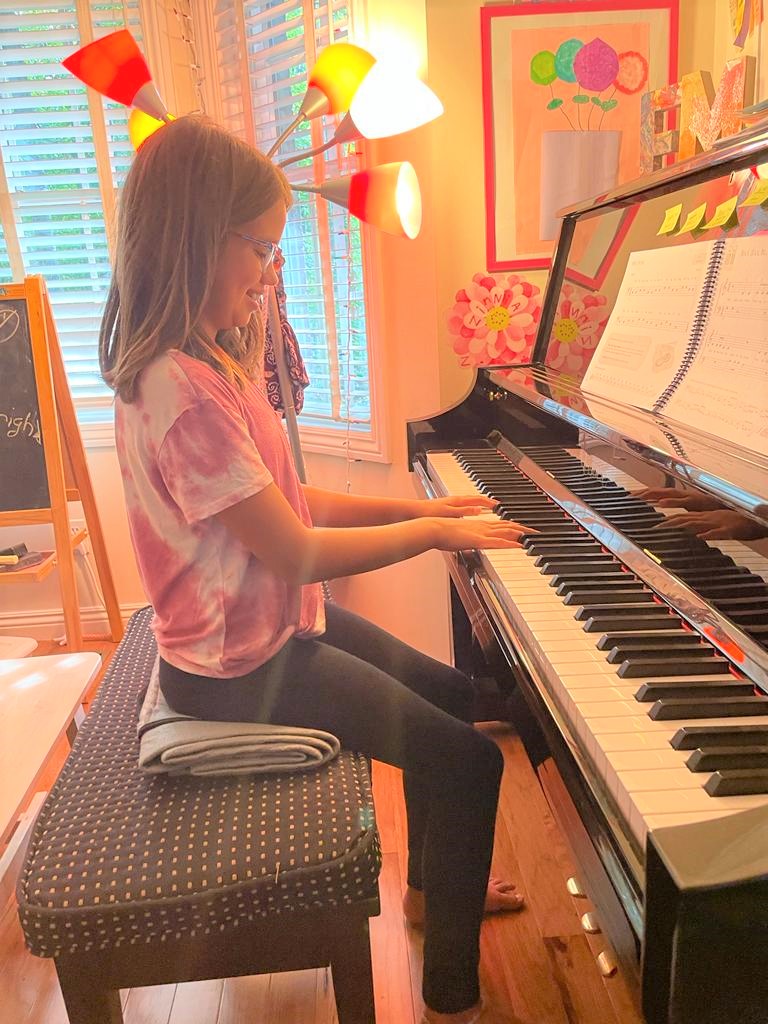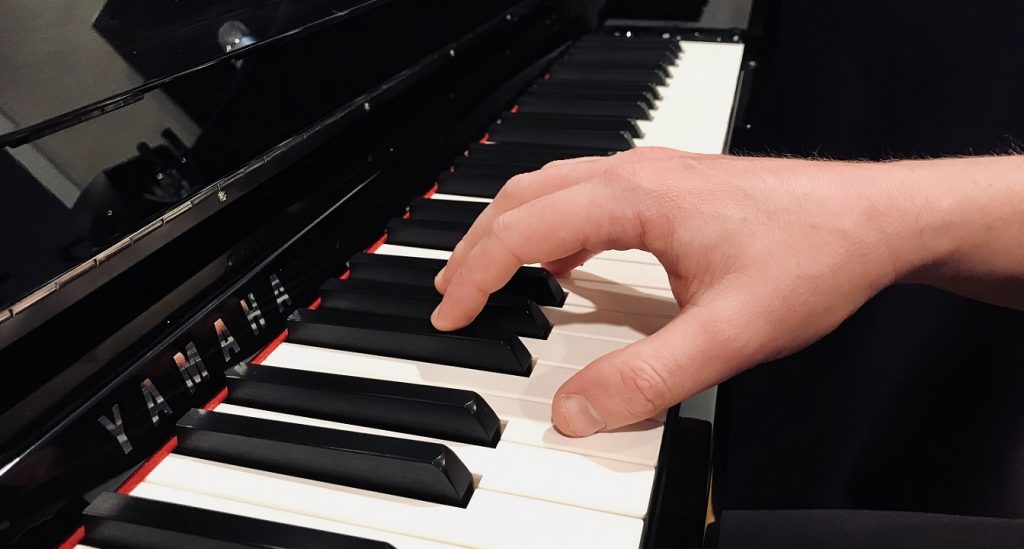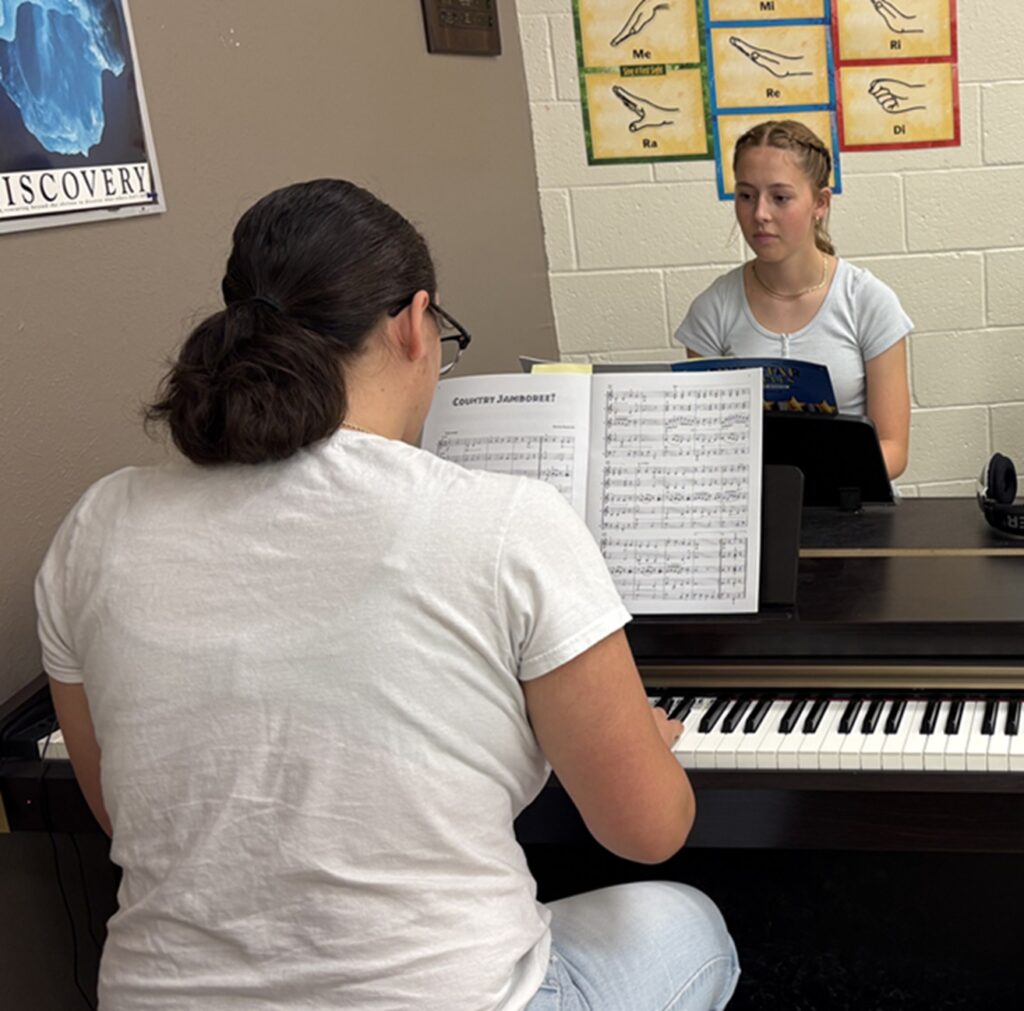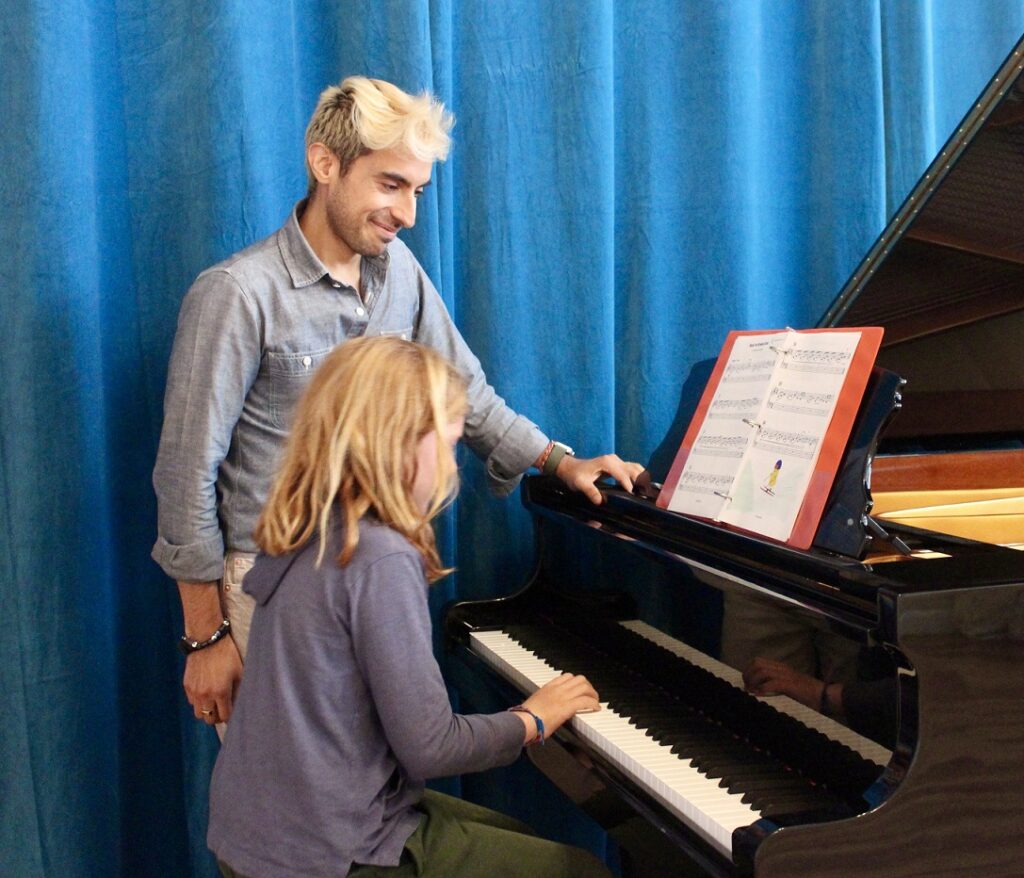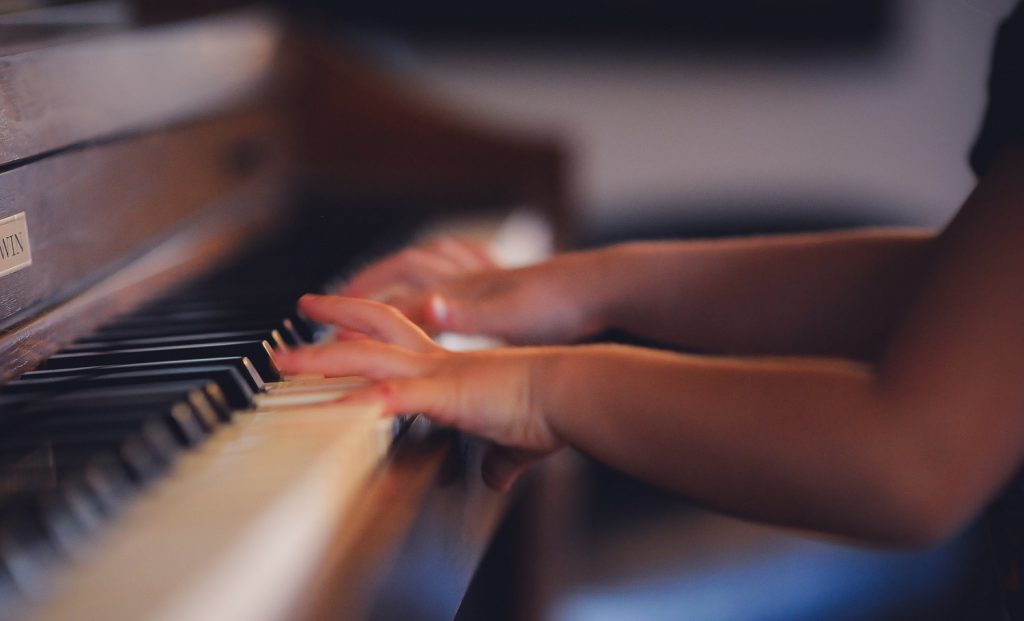Tagged Under:
Fix It: Piano Pedaling Teaching Tips
Fix these common pedaling mistakes that piano students make.
I started taking piano lessons when I was 6 years old. I loved the music of Chopin and Schumann and was thrilled when I grew tall enough to reach the pedals.
It wasn’t until graduate school when I learned “Phrygian Gates” by John Adams that anyone talked to me specifically about the wide range of possibilities with piano pedals. Now it is one of my favorite things to teach and explore with students.
Note: While the sostenuto and una corda pedals are both invaluable and under-utilized tools, for the purposes of this article, I am only discussing the damper pedal.
THE YAMAHA EDUCATOR NEWSLETTER: Join to receive a round-up of our latest articles and programs!
Fix It: Foot Position
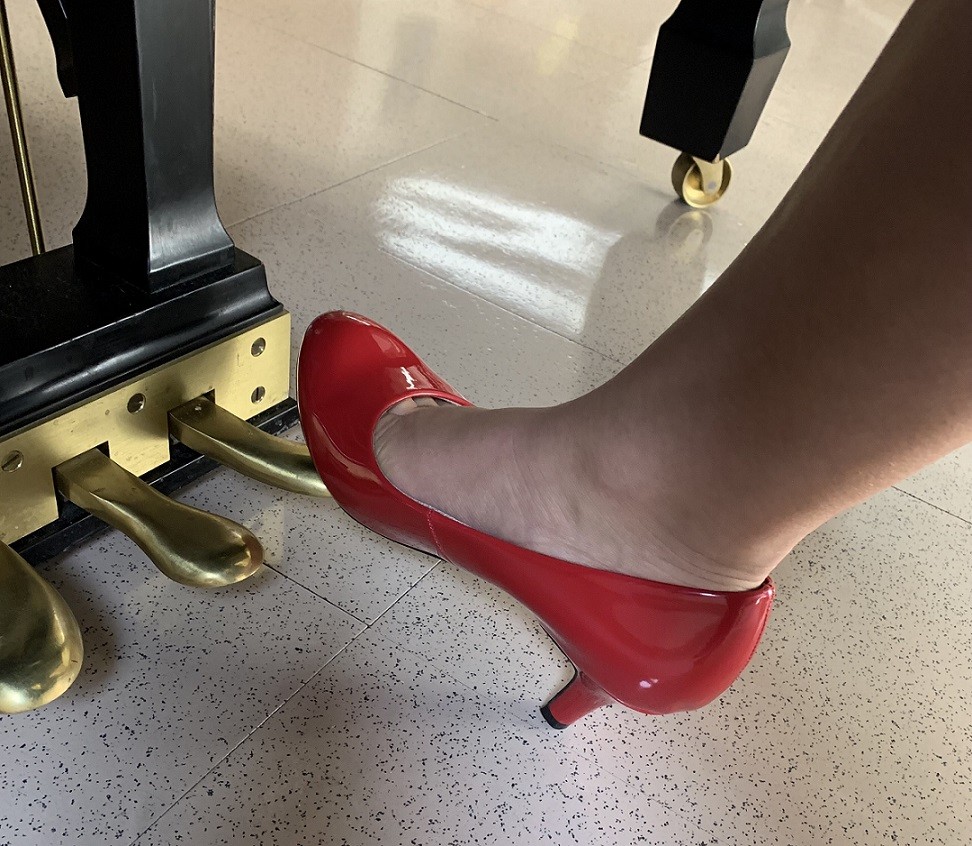 One of the most common pedaling problems I see is when students lift their entire foot and leg to change the pedal. (I informally call this “horse pedal” because it reminds me of a horse pawing the ground.) This motion not only takes away all control of pedal depth and timing, but it also causes an interruption in the phrase. Horse pedal usually occurs when a student is not aware of the musical and physical implications of pedaling incorrectly. Luckily, it can be fixed with a bit of focus and attention to the problem.
One of the most common pedaling problems I see is when students lift their entire foot and leg to change the pedal. (I informally call this “horse pedal” because it reminds me of a horse pawing the ground.) This motion not only takes away all control of pedal depth and timing, but it also causes an interruption in the phrase. Horse pedal usually occurs when a student is not aware of the musical and physical implications of pedaling incorrectly. Luckily, it can be fixed with a bit of focus and attention to the problem.
 In order to use and change the pedal efficiently and effectively, your student’s heel should remain on the ground, and the pedal should be played with the ball of the foot, right below the first and second toes. If a student is too short to reach the pedal comfortably, use a pedal extender (see picture to the left), which can be purchased for a relatively low cost.
In order to use and change the pedal efficiently and effectively, your student’s heel should remain on the ground, and the pedal should be played with the ball of the foot, right below the first and second toes. If a student is too short to reach the pedal comfortably, use a pedal extender (see picture to the left), which can be purchased for a relatively low cost.
I have also seen students lean against the piano bench, rather than sitting on it, in order to reach the pedal. This can cause arm and hand position issues, and I do not recommend it.
Fix It: Changing Pedals
Are you hearing gaps in your student’s phrasing or blurry harmonies? There is only a very small window in which to clear or change the pedal to create a connected sound. Do it too early, and you will hear a sort of hiccup in the phrase. Do it too late, and the music becomes muddy or unclear.
In order to change pedals correctly, the ankle must move the foot up and down very smoothly and quickly a split second after the new notes have been played (while the fingers are still on the keys). There are three names for this time of pedaling: legato, syncopated or overlapping.
A great way to practice this is to just slow the whole process down. Have students play a basic blocked chord progression like I – IV6/4 – I – V6/5 – I, while thinking about, or even saying out loud, the timing of the change: “Play, Up/Down. Play, Up/Down.” Remember to keep the heel on the ground!
When students can play the blocked chord progression with no gaps in the sound or overlapping harmonies, have them play broken chords and try to change the pedal on the first note of each chord. When they can do this cleanly and smoothly, they are ready to apply this to their repertoire.
Note: If the student hasn’t learned chord progressions yet, have them play a simple five-finger pattern while pedaling after each note.
Of course, there are times when the pedal is used to open up the sound of a chord and are not connecting the sound to any notes afterward. This is called direct or rhythmic pedaling and does not usually create challenges in terms of timing. Pedals can also be used to help create beautiful music when strumming strings inside the piano or using prepared piano techniques.
Fix It: How Much Pedal
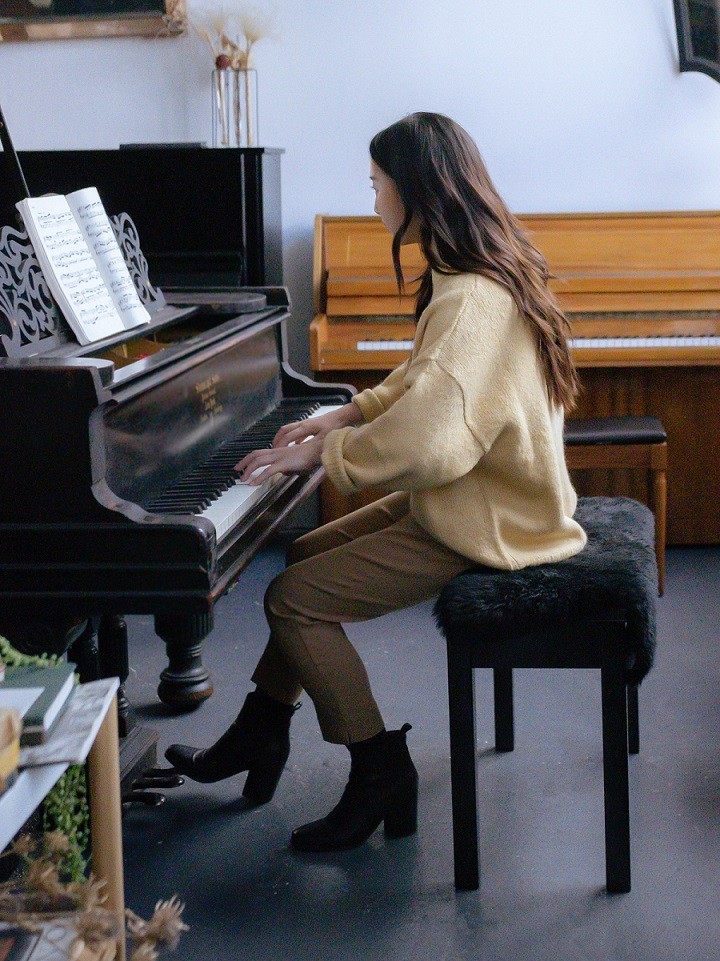 It is very common for pianists to jam down the pedal when they feel nervous or uncomfortable with a passage. (Raise your hand if you’ve ever done that!) When teachers and students are nervous or not as well prepared as they would like, their focus becomes much more limited.
It is very common for pianists to jam down the pedal when they feel nervous or uncomfortable with a passage. (Raise your hand if you’ve ever done that!) When teachers and students are nervous or not as well prepared as they would like, their focus becomes much more limited.
As with pretty much everything in music, the answer for determining the perfect amount of pedal is listening. While this is determined to a certain degree by the style of the piece and the composer’s markings, the instrument and space are also key factors. Students should not only listen to great pianists, but they should also record and listen to themselves playing so they are aware of how the pedal affects their overall music-making.
It is also important for students to practice with and without pedaling so they are really listening to the sounds their fingers are creating without relying solely on the pedal. Sometimes students will lift their fingers off the keys and just use the pedal to hold the sound, but releasing the fingers actually changes the quality of the sound. Be aware of rests and lifts at the ends of phrases — it’s easy for students to continue holding through if they are not listening very carefully.
Too often, students think of the pedal as either up or down, when there’s a variety of depths available. Quarter pedal, half pedal and flutter pedal (moving the foot up and down quickly and continually) are also ways to change the timbre or color of the sound. (I know I said I would only talk about the damper, but the una corda can be used at varying depths, as well.)
Pedal Adds Color to Playing
Learning how and when to use the pedal takes time and practice. Just as with most things, it can be a frustrating process, but the reward in the end is worth it.
Anton Rubinstein said, “The pedal is the soul of the piano.” When used with purposeful intent, the pedal can elevate and bring even more beauty and color into one’s playing.
If you would like to learn more about pedaling, I recommend these two books:












